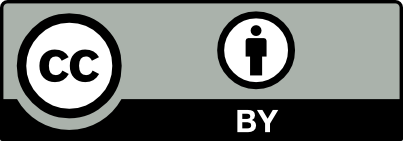HEAVY METALS AND MYCOTOXYGENIC FUNGI IN Zea mays L. ¨maíz amarillo duro¨ AT HARVEST AND POST HARVEST STAGES IN HUARAL CITY, LIMA-PERU
Abstract
Hard yellow corn is a fundamental crop in the Peruvian diet, but its quality can be compromised by chemical and biological contaminants. The present study aimed to determine the presence of lead, cadmium and mycotoxigenic fungi in samples of hard yellow corn at harvest and postharvest stages from Huaral, Lima. For this purpose, lead and cadmium concentrations were determined by Flame Atomic Absorption Spectrophotometry, and fungi were isolated and counted by purification of strains on selective media to identify mycotoxigenic genera. The results showed elevated concentrations of lead (< 5,847 mg/kg) and cadmium (< 1,016 mg/kg), which exceed international limits for cereals. In the mycotoxigenic analysis, the genera Fusarium sp. and Penicillium sp. were identified at both stages, with two distinct strains of Fusarium isolated, but not identified to species level. These findings are consistent with reports indicating that fungal contamination can originate both in the field and in storage, and that improper handling favors the proliferation of toxigenic fungi. In addition, it is essential to implement integrated postharvest management strategies to reduce chemical and biological contamination, ensuring the quality and safety of hard yellow corn.
Downloads

This work is licensed under a Creative Commons Attribution 4.0 International License.
Revista Arbitrada
Derechos reservados: Prohibido el uso total o parcial del material de esta revista sin indicar la fuente de origen.
Nota: Las referencias comerciales que aparecen en los trabajos no constituyen una recomendación de la
Sociedad Química del Perú










